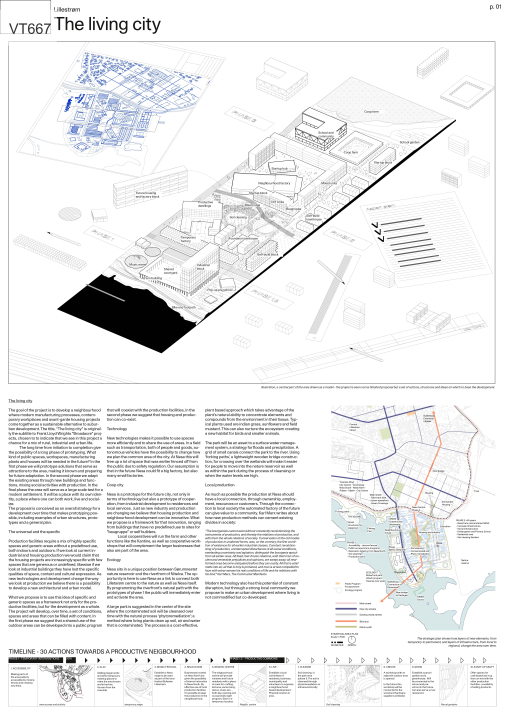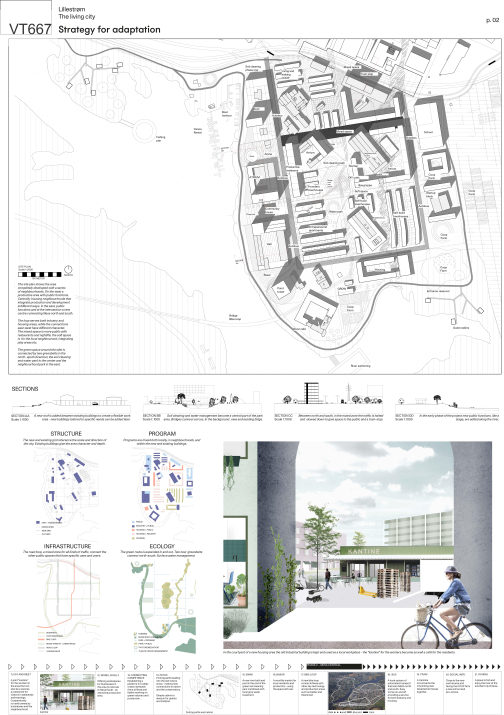Project:
The Living City
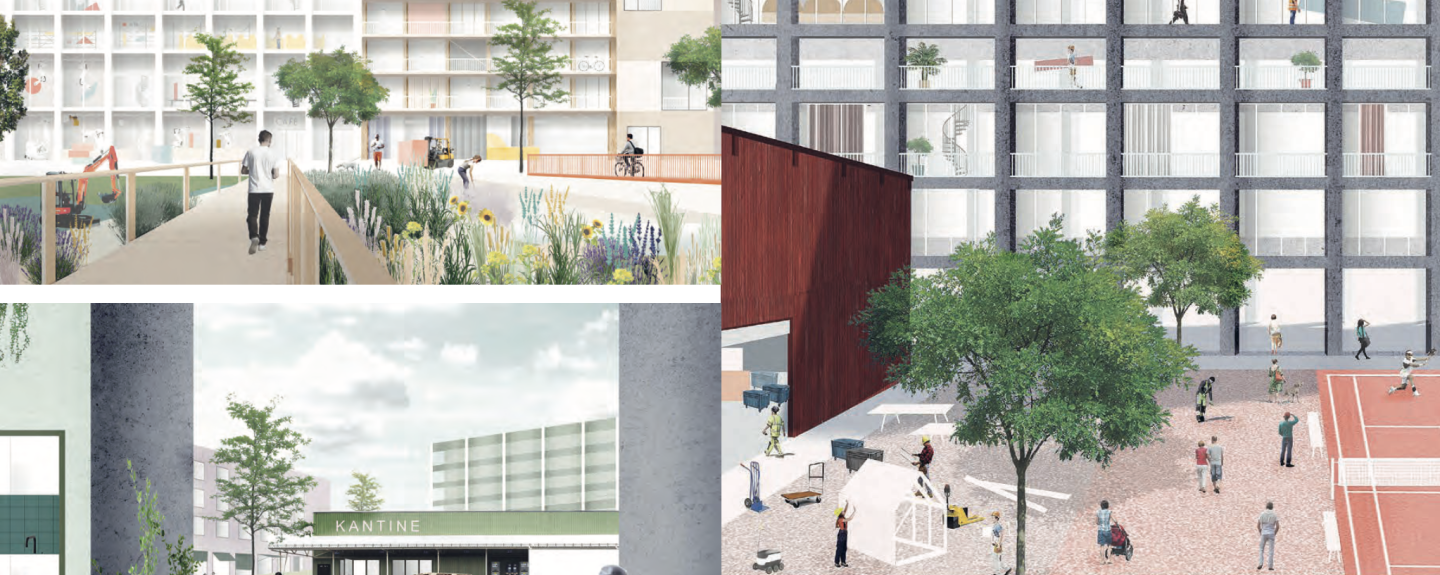
About
-
The goal of the project is to develop a neighborhood where modern manufacturing processes, contemporary workplaces and avantgarde housing projects come together as a sustainable alternative to suburban development. The title, The living city is originally the subtitle to Frank Lloyd Wrights Broadacre projects, chosen to indicate that we see in this project a chance for a mix of rural, industrial and urban life.
The long time from initiation to completion give the possibility of a long phase of prototyping. What kind of public spaces, workspaces, manufacturing plants and houses will be needed in the future? In the first phase we will prototype solutions that serve as attractions to the area, making it known and preparing for future adaptation. In the second phase we adapt the existing areas through new buildings and functions, mixing social activities with production. In the final phase the area will serve as a large scale test for a modern settlement. It will be a place with its own identity, a place where one can both work, live and socialize.
The proposal is conceived as an overall strategy for a development over time that makes prototyping possible, including examples of urban structures, prototypes and a general plan.
-
The Living City presents an overall idea for both a masterplan and a process-oriented strategy that works as a toolbox for the transformation of Nesa. The authors show a good understanding for the situation of the industry, the long-term perspective, and the needs of the clients.
The project proposes a strategy consisting of 30 actions towards a productive neighbourhood, divided into 3 phases. In the first phase, parts of the site are made public accessible, and temporary interventions and functions for prototyping products are introduced to attract the public into the area. The relocation of businesses starts together with creating conditions for start-ups and workshops. In the second phase the accessibility is improved and new transport and social infrastructures are implemented. In addition, housing in transformed industrial buildings are proposed. Together this gives a new mix of social activities with production at the site. Finally, in the third phase the new settlement is completed with more types of housing and industry with its own identity, and there is a mix of working, living, and socializing.
The project presents an overall concept for how the site can be connected to Lillestrøm with new infrastructure, strategies for programming and landscape features. The structure of the plan is based on a combination of two grids, which are rooted in the directions of existing buildings and the existing infrastructure. By keeping and transforming a substantial amount of selected buildings the plan accentuates the context and the history of the place. The transforma- tion process is based on a flexible and adaptable scheme that is open for a long-term development of Nesa south that can go in many different directions, and at the same time provide the client with concrete tools. The jury believes that the project is the best proposal for a constructive contribution, both in a short- and long-term perspective of transformation.
-
Joakim Skajaa (NO), architect
Cathrine Finnema (NO), architect
Lisa Angelica Barohana (NO), architect
Oda Solberg (NO), architect
Kristoffer Røgeberg (NO), student in architectureCONTACT
ERIKSEN SKAJAA ARKITEKTER AS
St. Halvards plass 1, 0192 Oslo
www.eriksenskajaa.no
923204522
Joakim@eriksenskajaa.no
post@eriksenskajaa.no
C. Finnema, O. Solberg, J. Skajaa, L.A. Barahona & K. Rogeberg
Team interview
1. How did you form the team for the competition?
The forming of the team was a natural process as we work together at the architectural firm Eriksen Skajaa Arkitekter.
2. How do you define the main issue of your project, and how did you answer on this session main topic: the place of productive activities within the city?
Our main idea was to propose a long term strategy for the transformation from industrial area to productive city. We started by looking for sites that could have multiple functions and designed ways they could be used as places of transformation. Then we looked for possible hybrids that could be part of a future city where production is integrated. Our main response is that we don’t know how the productive city at Lillestrøm will be so we have to plan for many possibilities.
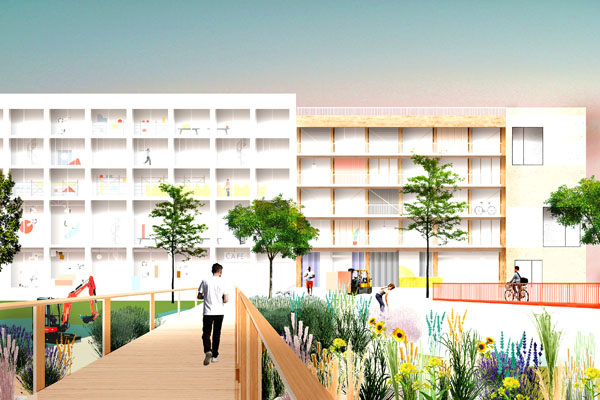
3. How did this issue and the questions raised by the site mutation meet?
The site is interesting for the current industry present that seems quite permanent and tends to remain on the site for many years. This forced us to be pragmatic and look for real opportunities in a long term strategy.
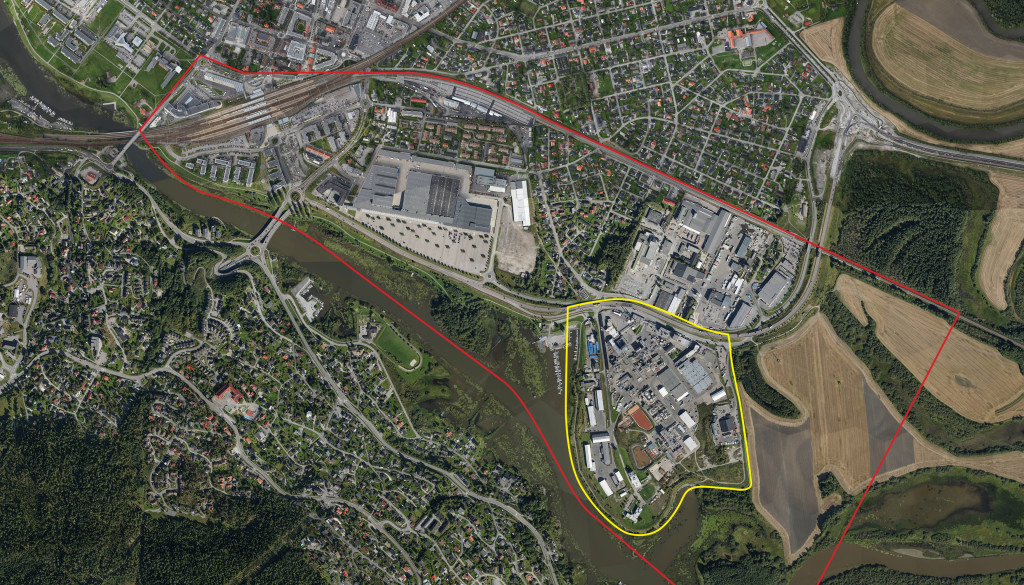
4. Have you treated this issue previously? What were the reference projects that inspired yours?
We have worked on a range of similar projects in Norway, but mostly projects where the reality is that the industry will be removed in the future. What is new at Lillestrøm is that the productive city will also have room for real industrial scale production.
5. Urban-architectural projects like the ones in Europan can only be implemented together with the actors through a negotiated process and in time. How did you consider this issue in your project?
The long time from initiation to completion is beneficial as it allows for a long phase of prototyping. Our proposal is therefore based on a timeline that describes and illustrates 30 actions towards a productive neigbourhood. The timeline is divided into 3 phases. The first phase describes how it is possible to prototype solutions that serve as attractions to the area, making it known and preparing for future adaptation. The second phase deals with how to adapt the existing areas through new buildings and functions, mixing social activities with production. In the final phase the area will serve as a large scale test for a modern settlement. It will be a place with its own identity, a place where one can work, live and socialize.
6. Is it the first time you have been awarded a prize at Europan? How could this help you in your professional career?
We also won Europan 10 in 2009 at Haugerud in Oslo (NO). To us Europan has been important both in providing interesting and timely topics as well as important experiences. We are still working on the projects that we won in Europan 10.
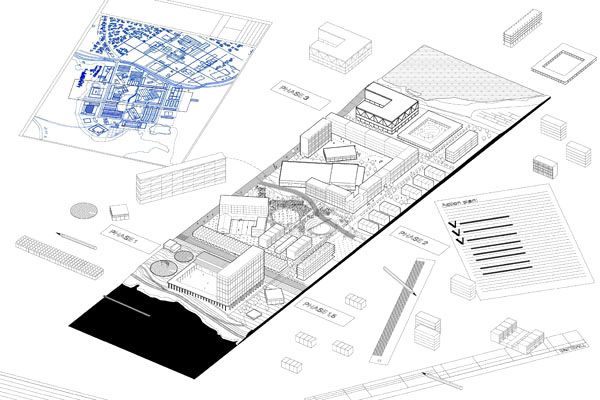
Downloads
Related projects
-

The Living City
The goal of the project is to develop a neighborhood where modern manufacturing processes,…
-
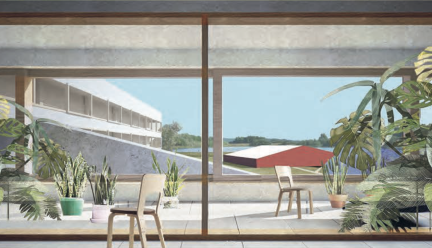
Fictions
The project aims to recognize and highlight the reality of these three main actors: nature,…
-
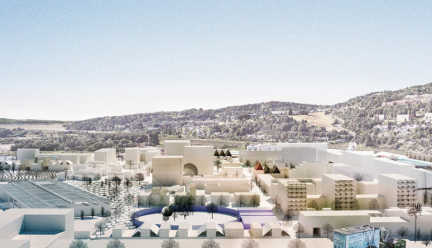
Techno Monks
By proposing a model based on productive monasteries, the bound- aries between production, display,…
